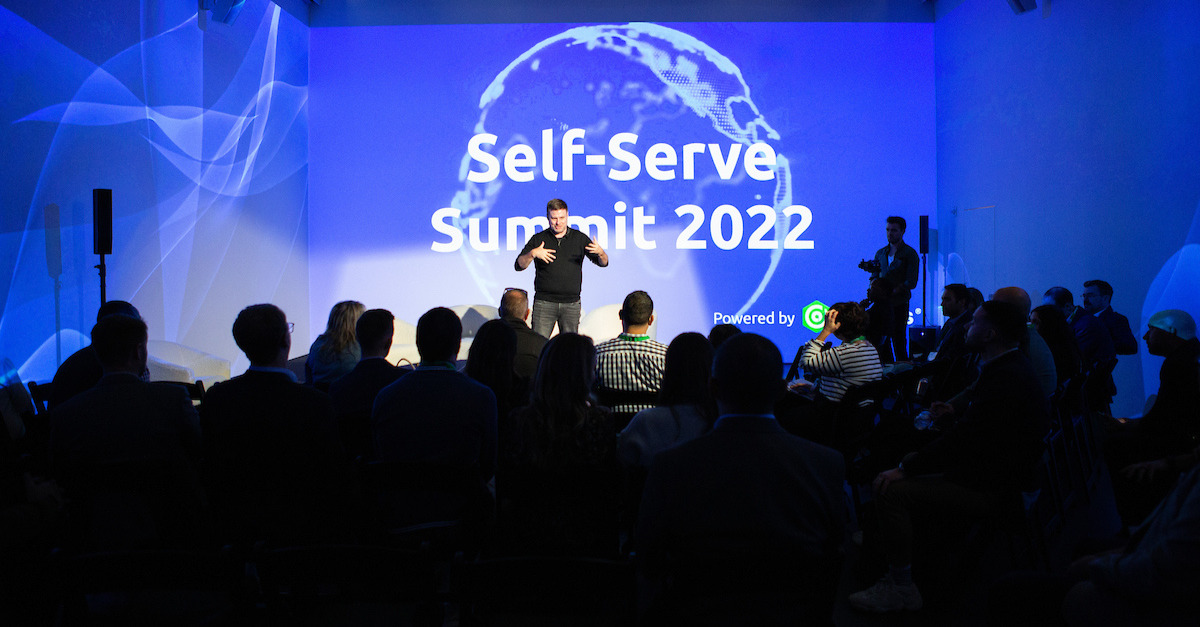On a bright Fall day in October last year, more than fifty leaders from the fields of publishing, advertising, and media technology were sipping coffee and talking animatedly at a gallery in Manhattan. The occasion? The world’s first Self-Serve Summit; a conference we created to spotlight one of the most important and topical trends in publishing.
Six months later, it’s the perfect time to look back on that event and ask ourselves: what did we get right? What did we get wrong? And what happens next?
A new format to talk about advertising’s biggest trend
Before we look at the discussions raised at the Summit, allow me to provide some context about how the event came about, and why.
At DanAds, we realised a while ago that although self-serve is an increasingly prevalent part of our lives, both as consumers and professionals, it has happened so smoothly that many people barely noticed. When we perform “self-serve†tasks, we tend to forget that until recently, those same tasks were performed manually by someone else; whether that’s pumping gas, checking out our groceries, or booking a flight online.
Our particular area of self-serve, advertising, has also experienced this change so smoothly and rapidly that most of our industry hasn’t stopped to take stock. We wanted the opportunity to really dig into what the self-serve revolution means for everyone: publishers, advertisers, technology providers, and of course users.
Thanks to our rich experience and network of clients and partners, we were able to bring together some of the most innovative brands and thought leaders to discuss self-serve: live, on-stage, with the people who mattered. And that’s how we found ourselves at the first of (hopefully) many Self-Serve Summits.
Creating big opportunities out of small advertisers
One point that was really hammered home by our speakers and guests was that smaller advertisers have been critically overlooked by publishers for too long. Sly Phifer, Vice President of Self-Serve Platform for Hulu Ad Manager, said on stage: “We built self-serve with the goal of giving small and medium-sized businesses the chance to advertise within a streaming environment.â€
Readers might be surprised that Disney (Hulu’s owner), one of the most valuable media properties in the world, would be interested in selling ad inventory to small and medium-sized businesses. But as echoed by other speakers at the Summit, even the biggest brands and publishers are now realising the latent potential of small business ad dollars. And the way to get their hands on those dollars is by creating accessibility with self-serve, which I talked about in a recent LinkedIn post. In the half-year since the last Summit, Disney has only doubled down on this approach. In January, Digiday reported that Disney will begin to roll out some of Hulu’s ad targeting capabilities to Disney+. The Mouse House is looking to automate 50% of its ad sales – and they say they’re on track to reach that target by the end of the year.
And as with pretty much everything else right now, automation and streamlining are top priorities for publishers of all sizes and verticals. Particularly in a shaky economy, the temptation to streamline will be a hard one to ignore.
Standardisation or customization? A thorny issue
Another topic that received considerable attention at the Summit was the growing need for industry-wide standardisation of best practices. Panellist Piper Heitzler, Head of Growth EMEA at Amobee, raised the point: “I think from a buyers perspective, you’re trying to create a simplified way to get to both planning and buying of what you want to across the ecosystem. And what we’ve done is created walled garden fatigue because every single experience is so nuanced and different.â€
Pointing to how ecommerce has become a standardised, frictionless process – in other words, buying online is pretty much the same whichever store you buy from – Piper painted a picture of a future where self-serve advertising could be just as simple and buyer-friendly.
“If we could standardise a way in which people discover and negotiate and activate that inventory, I think that’ll bring to the table the ability to have as many ecosystems as people want, as long as their expectations are met on a consistent basis across all those different platforms.â€
This point is a more difficult one to assess. From the buyer side it makes perfect sense. From the seller side, it’s a more complicated picture. Some publishers want their self-serve platform to stand out and feel different to their competitors. And the bigger the publisher, the greater the demand for customization, specific integrations, and the like.
Will the industry move towards self-serve standardisation? Overall, I think it will, because the arguments suggested by Piper (and also Mike Racic, President of Prebid) are too powerful to ignore. Ad buyers will gravitate to the most frictionless campaign-buying experiences, and publishers will imitate and replicate those experiences in their own platforms. One way or another, standardisation will happen, but some publishers will still look to do things differently – and that’s ultimately a good thing. After all, differentiation breeds innovation.
Looking ahead to Self-Serve Summit 2023
In another six months it will be time again for the Self-Serve Summit. So what can we expect?
In comparison to last year’s summit, I believe that the focus will be more heavy on the cost-saving potential of self-serve and advertising automation, with a slightly decreased emphasis on finding new advertisers and new revenues. At the same time, brands will be looking to understand the new landscape as players like TikTok rapidly erode the market share of advertising revenue long dominated by Facebook and Instagram. And of course, publishers will be asking themselves whether it’s better to take a risk now and invest in a new way of selling ad space, or to risk being left behind in a fully self-serve future.
Whatever happens, I am very excited for the next Summit, and I hope you are too.
